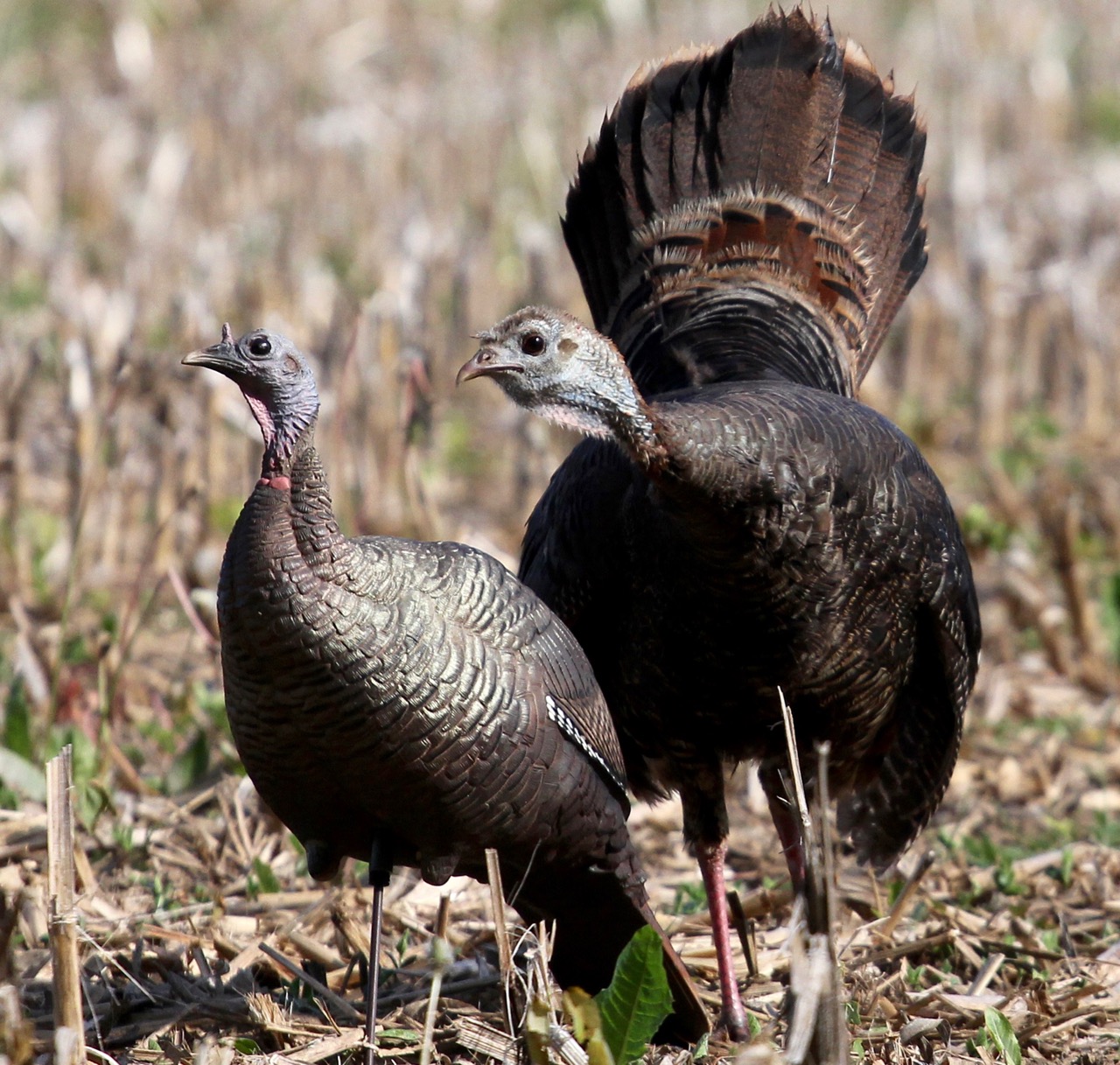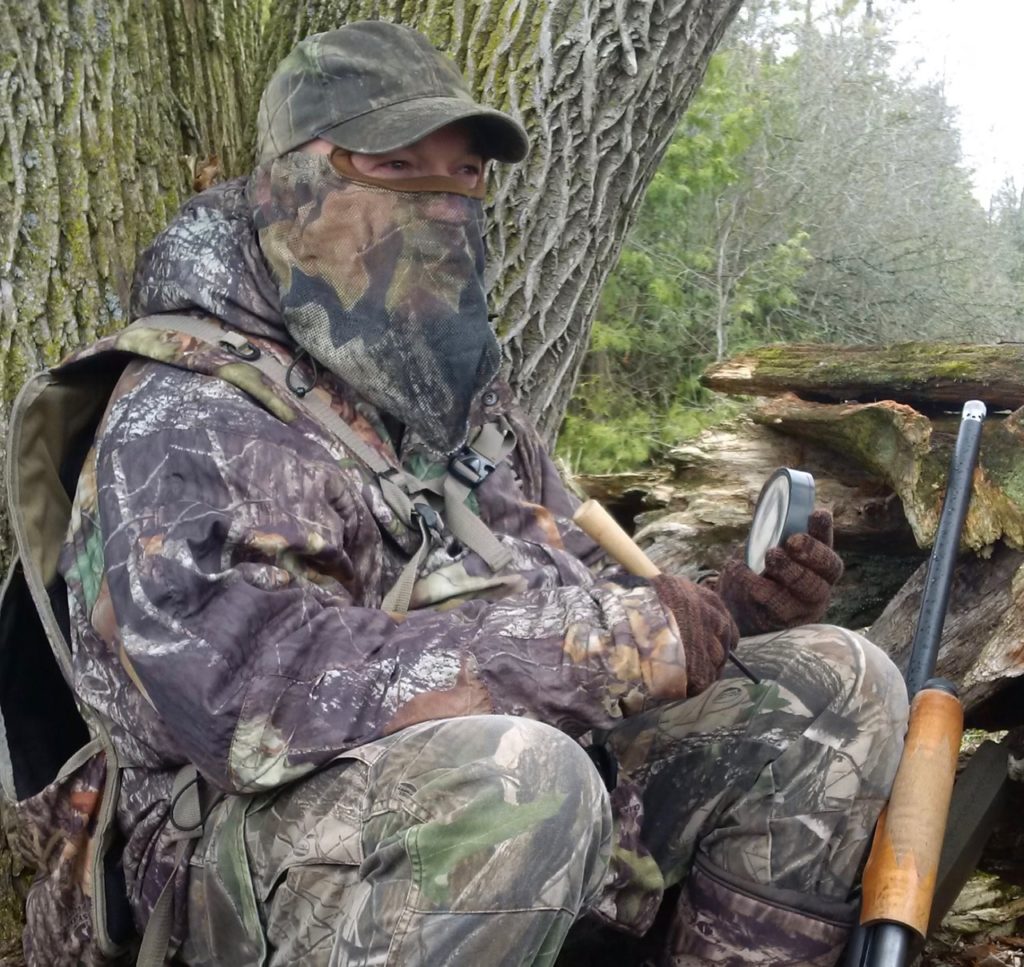LADY LESSONS
To truly understand wild turkey behaviour, nothing beats the lessons learned from crashing a hen party
Advertisement
#2 CONCEALMENT
You’ve spent top dollar on head-to-toe camo, including an annoyingly full facemask. Or you’ve invested in a blind, and matched your attire to the interior: black gloves, balaclava and enough greasy makeup that your significant other chortles at the raccoon-like effect. But how effective is the final result?
Advertisement
The multiple sharp-sighted eyes contained within a party of hens will answer that question, as well as tell you what range of motion will catch the birds’ attention. “It’s always about seeing what you can get away with,” Homick says. “You are wondering, Is my cover good enough? Is my camo good enough? It’s all part of it. It’s like a test all the time.”
For his part, Homick hunts from inside a blind so he can come to a full draw on his compound bow without getting detected. And he plans to push the odds in his favour even further. “My next bow will have a black riser and black limbs—it just takes away from that possibility I’ll be seen.”
I find that a ground blind provides freer, although not unlimited, range of motion. Practising with packs of hens surrounding the blind, however, has given me the confidence to cautiously pivot to change my shooting position. I also hunt in full camo without a blind, where the presence of hens again provides a live assessment of how well I’m concealing the motions needed to call and, ultimately, get my gun up.
Advertisement
Pushing the envelope means you may get busted, but learning vital lessons from hens you weren’t shooting at anyway is scientifically proven to produce far fewer expletives than the rapidly retreating rear end of a trophy tom. “You can’t always do it right,” Homick says, “but doing it wrong is how you learn what right is.”


